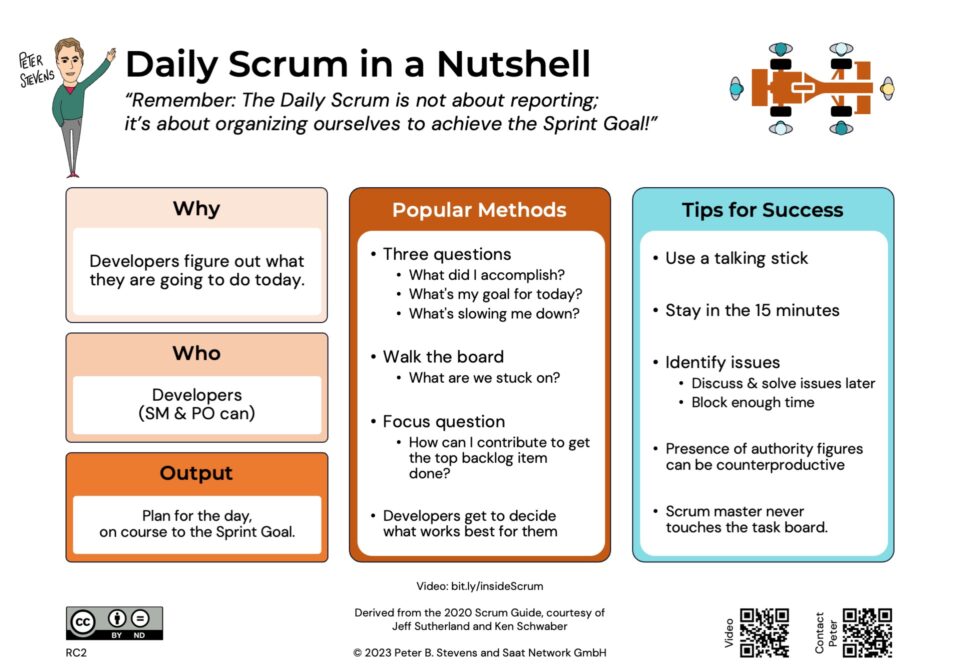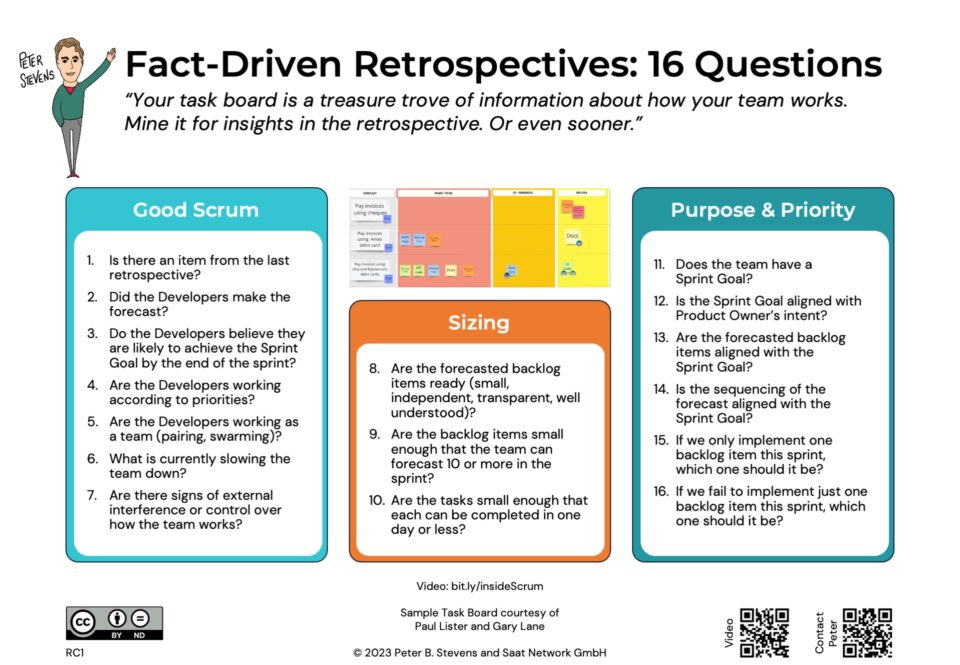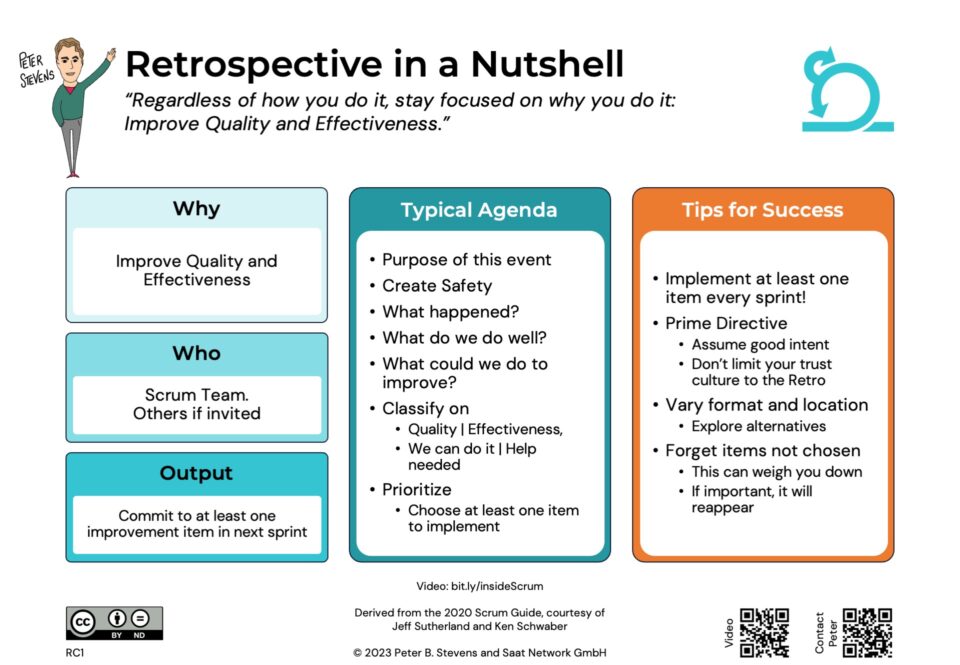Want to talk about Radical Management?
20-03-2012Executive Education Workshop: Making the Entire Organization Agile
11-04-2012Scrum is at the vanguard of a major shift in the management paradigm. The new paradigm is called Radical Management, based on Steve Denning’s book of the same name. What is this shift and how does Scrum fit in?
This shift is due to a fundamental change in the marketplace. Due to globalization, customers now have incredible freedom about whom they choose to do business with. In order to keep customers, companies have to do more than just keep their customers satisfied. They have to delight their customers!
This shift impacts the five dimensions of management: Purpose of the Company, Role of Management, Accountability, Basic Values, and Communications.
Purpose of the company
Old: Maximize profits or shareholder value (or more recently, maximize management compensation)
New: Delight the customer
How Scrum does it: The product owner represents interest of the users, customers, and other stakeholders to the team doing the work. The product backlog is a list of items which bring value to the customer or value, sequenced according to their value to the customer or user. Customer value must be produced every 30 days in a potentially shippable form.
Role of Management,
Old: Manager as controller
New: Manager as enabler
How Scrum does it: Scrum defines two leadership roles, the ScrumMaster and the Product Owner. Both are servant leader roles. The Product Owner defines the value to be produced for the customer, prioritizes the work and accepts the work. The ScrumMaster helps both Product Owner and Implementation Team work together more effectively, by eliminating impediments and helping the team improve.
Accountability
Old: Bureaucracy and blame
New: Dynamic Linking (I prefer ‘direct linking’) in which the people doing the work have a clear line of sight to the beneficiaries of the work.
How Scrum does it: Inspect and adapt is a core principle of Scrum. Scrum provide numerous occasions at the personal, team and product/project level. Sprint Planning – what should be produced in this iteration? Sprint Review – what was produced, does it meat expectations, and what corrections are necessary? Daily Scrum – what is preventing us from achieving our goal for this sprint. Sprint Retrospective – how can we improve how we work so that we can be more productive? Release Planning (if appropriate) – how do we meet our goal of delivering something valuable to the customer?
Basic Values
Old: Efficiency and Cost Cutting
New: Sustainable values
How Scrum does it: Scrum does not micromanage individual people and tasks but rather gives teams complete problems to solve until done. Sustainable pace is assured by giving the team doing the work the authority to decide how much work it can take on.
Communications
Old: Command and Control (or more precisely detailed command and control)
New: Adult to adult conversations
How Scrum does it: To plan work, the Product Owner and Scrum Implementation Team come together as equals. The Product Owner has jurisdiction over priorities and acceptance criteria, and the team has jurisdiction over estimates, how much work they can accept in a sprint, and how to do the work. With the help of the ScrumMaster, the team and P-O meet and plan the work for the next increment. Neither the Product Owner nor the ScrumMaster has detailed command authority over the team or each other, but through their defined roles, they guide the team to a successful outcome.
Like Radical Management, Scrum must be implemented more or less in its entirety, otherwise it will disintegrate over time. Scrum is surely not the only way to do Radical Management, but it implements the principles quite thoroughly and, in my experience, is an excellent place to start.
Are you delighting your customers? Is your company agile enough for the 21st century? Join Steve Denning and myself at our web-based monthly mashup call-in show on Making the Entire Organization Agile.




